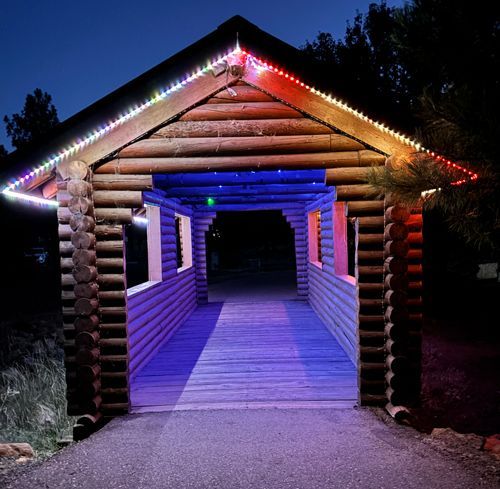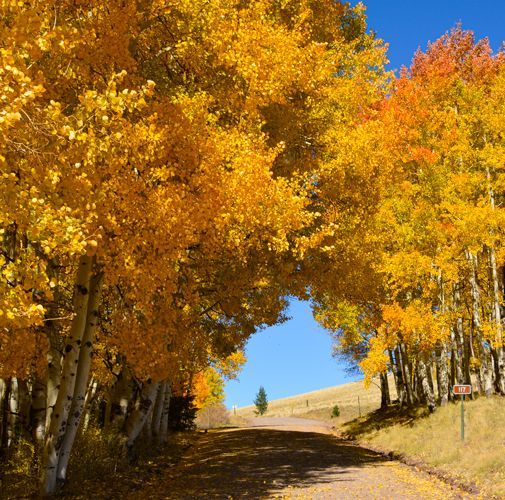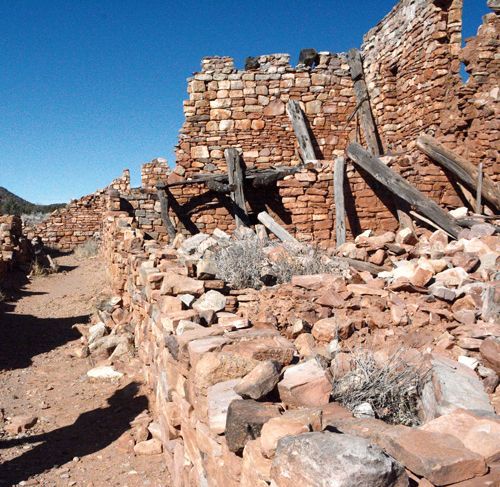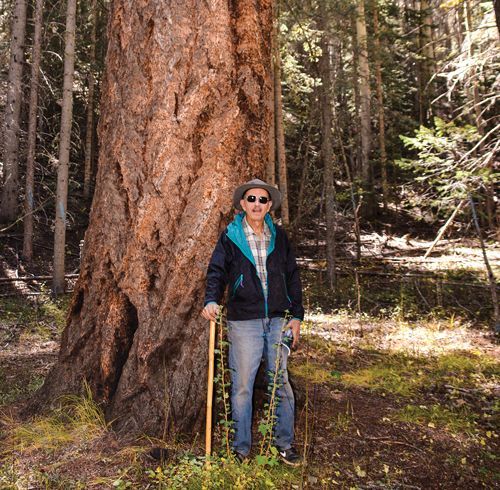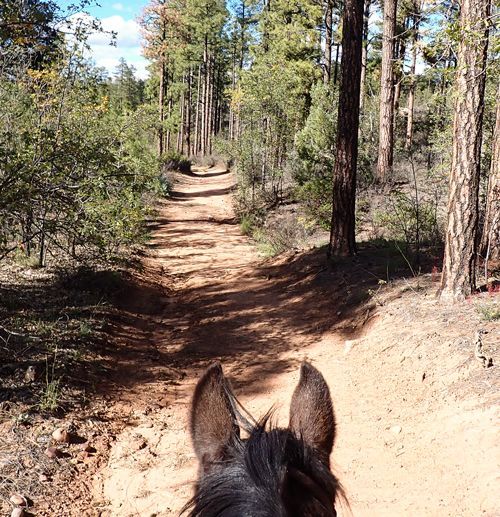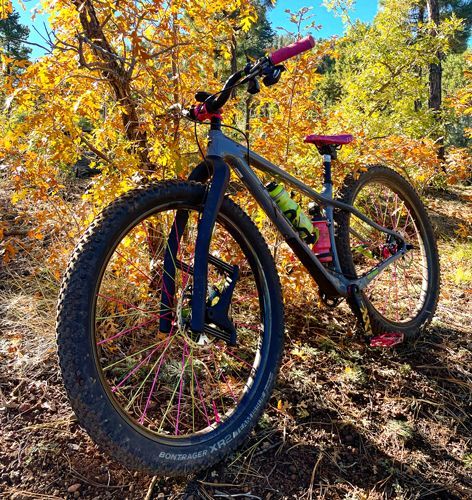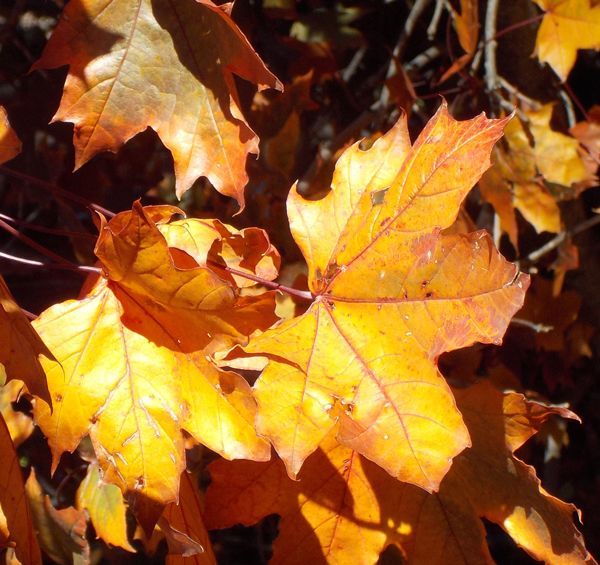Searching for beautiful century plants...
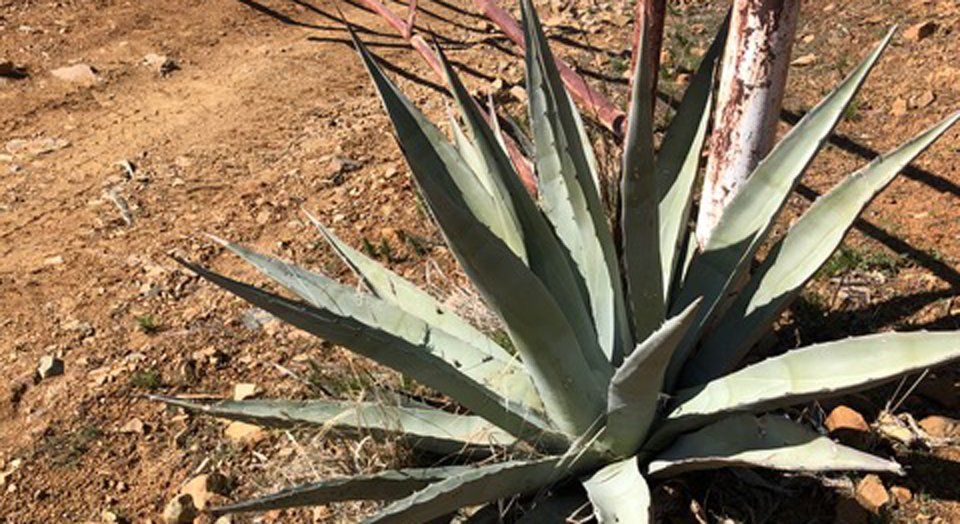
Let’s stroll back in time. You are a Salado native living in the 14th Century, wandering the vicinity of Tonto Basin in the great Southwest, foraging for food, drink and/or any substantial material for creating sandals, needles, etc. Then, BINGO!!! -- you hit the jackpot of plants! In front of you is a one-stop shopping century plant, aka an agave Americana.
Today, the agave Americana, otherwise known as the century plant, is used primarily for ornamental landscaping purposes. This beautiful rosette plant thrives in desert arid landscapes with little to no care, yet profoundly adds southwest uniqueness and splendor to any terrain.
However, during the time Salado natives inhabited the region of the Mazatzal Wilderness, century plants were a valued staple. If harvested correctly, the cut stalk of the plant produced a sweet nectar used for drinking and, if fermented properly, produced what is known as pulque, a unique alcoholic beverage. If the plant bloomed before the stalk was processed for a beverage, the flower blooms were also consumed as a food source.
The huge succulent plant rosettes were often processed as a food staple and used in soups. The tough fibers of the century plant were used for construction purposes on roofs, sandals, thread and other life sustaining uses. Needles were often shaped from the spine of the sharp point of the plant.
Yes! That is 14th century one-stop shopping at its best!
I know what you are thinking! What about tequila? Agaves in Mexico -- called mezcals -- are used to make tequila, using a different technique than the Salado natives used. Rather than harvesting the stalk of the flowering plant, as the Salado natives did centuries ago, heat is used to extract tequila ingredients from the heart of the plant. (Now, now! I know some of you are wondering why you were a Salado native instead of a native tequila maker. Really!)
The century plant disappoints many when individuals learn that the agave Americana only lives to be ten to thirty years old instead of one hundred, as the name suggests. An interesting fact is that the plant dies after it blooms; however, the roots may continue to live. Sadly, once the stem flowers, the plant starts to wilt.
While many may be disappointed that these hardy drought-resistant plants do not live to be a century old as named, I’m sure many Salado natives believed them to be the plant of the century because of their valued uses. What a great Southwest treat of the desert for them!
Where can one find a century plant? Century plants may be found throughout the terrain of the Southwest. But for a truly unique experience, you may want to visit the Tonto National Monument on Wednesday, April 1, 2020 for the Bird Walk.
The Bird Walk is scheduled to depart from the Tonto National Monument Visitor Center at 9:00 a.m. -- ending at approximately 11:00 a.m. The trail to the lower ruins is approximately a one-mile roundtrip. As always, wear appropriate and comfortable clothing and hiking shoes, carry water and remember hats and sunscreen for sun protection. For more information, visit the Tonto National Monument website or call 928-467-2241.
As you walk on the trail, travel back centuries ago. Do you see a century plant? Do you feel the joy of one-stop-shopping as if your life depends on your ability to harvest this unique specimen of the great Southwest?
Another opportunity to see a century plant (agave Americana) may be walking to the Tonto Natural Bridge
on Saturday, March 28, 2020
for the Randall Family Fun Walk and Run from 7:00 a.m. to 11:00 a.m. The trail is approximately three miles long. For more information, visit their website at https://azstateparks.com/tonto and sign up for a wonderful family event. Once again, dress for comfort and hiking. Remember plenty of water, water, water!
AND LOOK FOR BEAUTIFUL CENTURY PLANTS! Or plants of the century! As always, never disturb desert landscape or plants without seeking permission. The taking of any plant life may be prohibited and may be unlawful. Wishing you easy one-stop shopping; wishing you treasures of the desert sweet and plentiful and wishing you do not try making tequila without the input of the experts. Happy travels and happy hiking.

